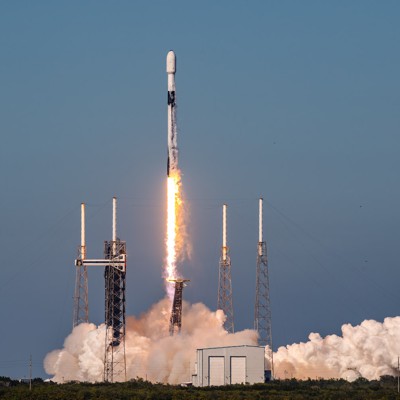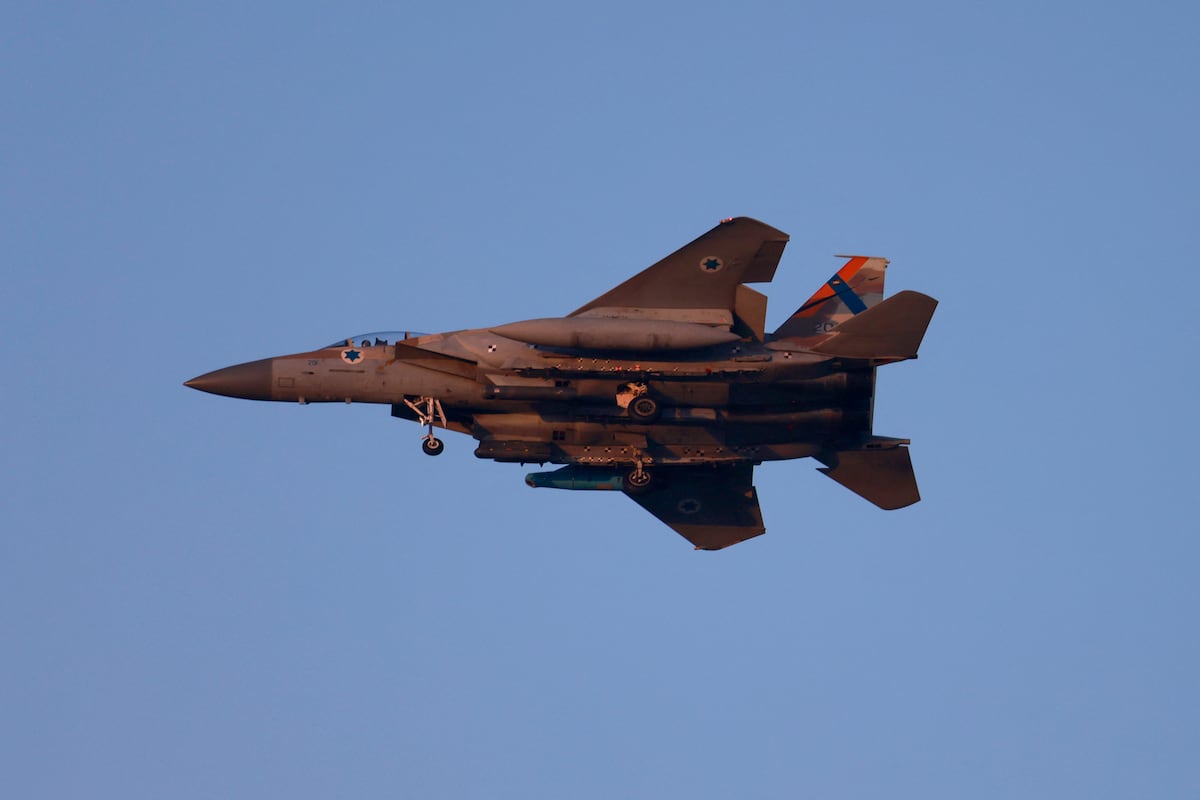Tomorrow’s military satellites shouldn’t need so much human direction, the Space Force’s chief buyer said Thursday.
“I could really envision—10 years, 15 years down the road—satellites being significantly more autonomous than they are today: like not needing operators, like being able to respond and take actions and do things on their own,” Frank Calvelli said at the NDIA Emerging Technologies for Defense conference.
By adding autonomy to its satellites, the service could reduce reliance on ground-based control stations, which officials say are vulnerable to cyber attacks.
“I believe that from a threat perspective, ground antennas and ground stations are, to me, something that’s at risk in a conflict, so I think down the road, you want to take advantage of where the industry is going and really make your constellations as autonomous as possible and get human control out of the loop,” Calvelli said.
Space Force officials have already detailed a few ways they plan to use AI in space—like looking through troves of data collected by satellites and tracking weapons and other objects in space, freeing up guardians to handle more important tasks.
Separately, Calvelli described at NDIA how the Pentagon has been benefiting from a “booming space economy” by using commercial satellite-bus production lines and launch services. The U.S. has enough commercial space infrastructure to handle increased demand if a large conflict broke out, he added.
“We have rockets launching twice a day now, in some cases, with the great companies like SpaceX. I think the opportunity is really able to leverage the commercial launch and commercial industrial base of space, if we had to scale up like that in conflict,” Calvelli said.
The acquisition chief, who has been vocal about his gripes with industry, said he’s focused on getting industry to deliver on cost and schedule—and remedy the “lack of engagement” his program managers have with subcontractors on the service’s various space programs.
“I am really actively encouraging my team that I’m holding them accountable for all facets of the program to engage in the lowest possible levels, drag the prime with you kicking and screaming if you want, but you will go engage the subs and the lower-tier vendors as well and make sure everything’s on track and that’s just a different culture,” he said.
Read the full article here








Leave a Reply